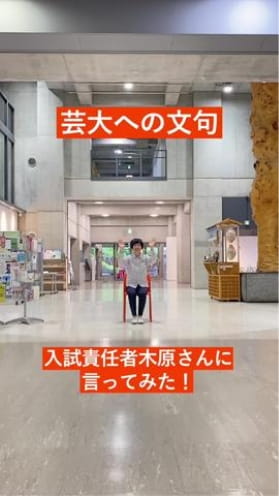Campuses
Gaien Campus (Tokyo)
 Photo:Kenryou Gu
Photo:Kenryou Gu
Gaien Campus was established in July, 2010 as a base in Tokyo for the Kyoto University of the Arts and its sister university, Tohoku University of Art and Design. The two-storied campus building with the total floor area of 3,096㎡ is located on the lush green grounds of the of Meiji Jingu Outer Gardens. It is used as a space for the art education program for the general public "Tokyo College of Arts" basing on four areas, namely fine arts, design, culture/tradition, and life style, as well as for the purpose of holding the schooling lessons of the correspondence education, exceeding the number of 470 annually.
| Location | 1-7-15, Kita-Aoyama, Minato-ku, Tokyo |
|---|---|
| Access |
5 minutes on foot from JR Sobu Line Shinanomachi Station 10 minutes on foot from Aoyamaitchome Station of Tokyo Metro Ginza Line, Hanzomon Line, and Toei Oedo Line. |
Access Map

Osaka Satellite Campus (Osaka)

Osaka Satellite Campus was opened in November, 2010. It is located on the fifth floor of the Osaka Fukoku Seimei Building conveniently located in the center of Umeda area within a walking distance of as many as seven stations including Osaka Station and Osaka Umeda Station, and the classrooms with the total floor area of 500㎡ are mainly used for the schoolings for the students taking Correspondence Education, with both lectures and also practical skill training sessions of sketching, etc. held here.
| Location | 5th floor of Osaka Fukoku Seimei Building, 2-4, Komatsubara-cho, Kita-ku, Osaka City |
|---|---|
| Access |
3 minutes on foot from Osaka Umeda Station on Midosuji Line (subway). 5 minutes on foot from JR Osaka Station and Hankyu Osaka Umeda Station. |
Access Map




